There are a number of small but nevertheless important items that have happened over the last month which deal with NASA’s Artemis program. So let’s get started.
If NASA’s Artemis program is going to successfully put Americans back on the Moon by 2024, or indeed ever, it is going to need a big rocket to put all of that hardware into space. The big rocket that NASA has been building now for nine years is called the Space Launch System (SLS) and although it may look superficially like the old Saturn V it is in fact a completely new design based on Space Shuttle hardware.
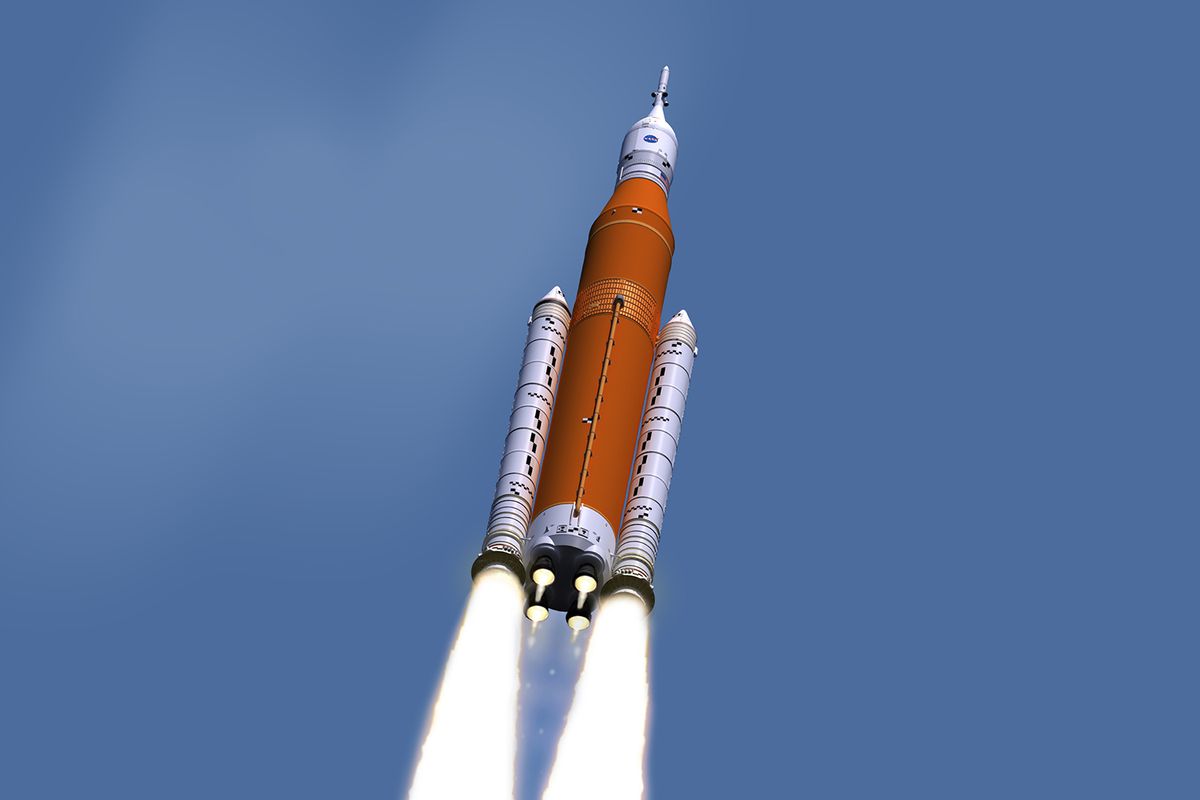
In fact the SLS employs four shuttle main engines in its first stage and in addition has two shuttle solid fuel boosters attached. Since the SLS is making use of a fair amount of existing components you’d think that the design cost and schedule would be reasonable compared to those for a completely new large launch vehicle, say Space X’s Falcon 9.

Well you’d be wrong, in fact the original cost of the central core first stage of the SLS was estimated at $6 billion. That amount was already ‘readjusted’ back in 2017 to $7.17 billion and now NASA has quietly increased that amount to $9.1 billion. And as to schedule, the original launch date for an unmanned flight of the SLS was supposed to be back in 2017, a date that was later pushed back to December of 2019 to June of 2020. Needless to say June has come and gone and the current schedule now for the first, unmanned launch of the SLS is November of 2021.
Even that is not certain however, because the SLS still has quite a lot of testing to finish first. In fact one big test, a static firing of one of the big solid fuel boosters, was carried out successfully on 2 September. During the test the 53m long booster burned for the full 126 seconds required for an actual flight. See image below. While the data from the test is still being analyzed the initial results indicated a very successful test.
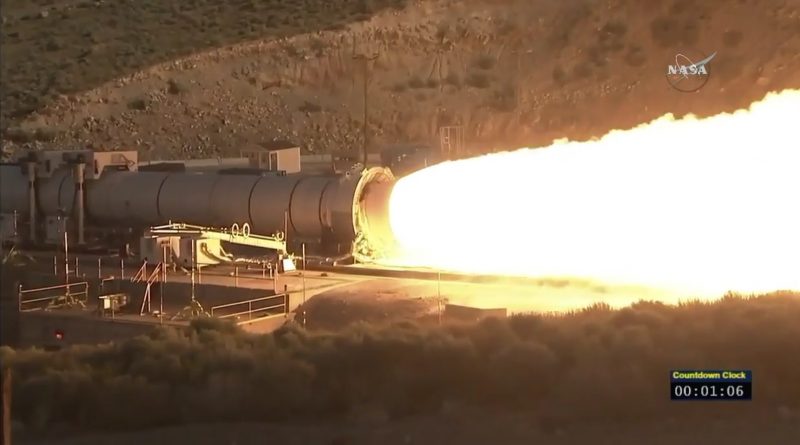
The biggest test still remaining before next year’s unmanned flight is called ‘Green Run Hot Fire’ and may possibly occur as early as next month in October. For the Green Run Hot Fire test the entire rocket, except for the solid boosters, is held down to a test stand and the four main engines are fired for eight minutes, the time simulating a normal launch. Although all of the different subsystems of the SLS have been tested separately this will be the first time the entire rocket will be tested together.
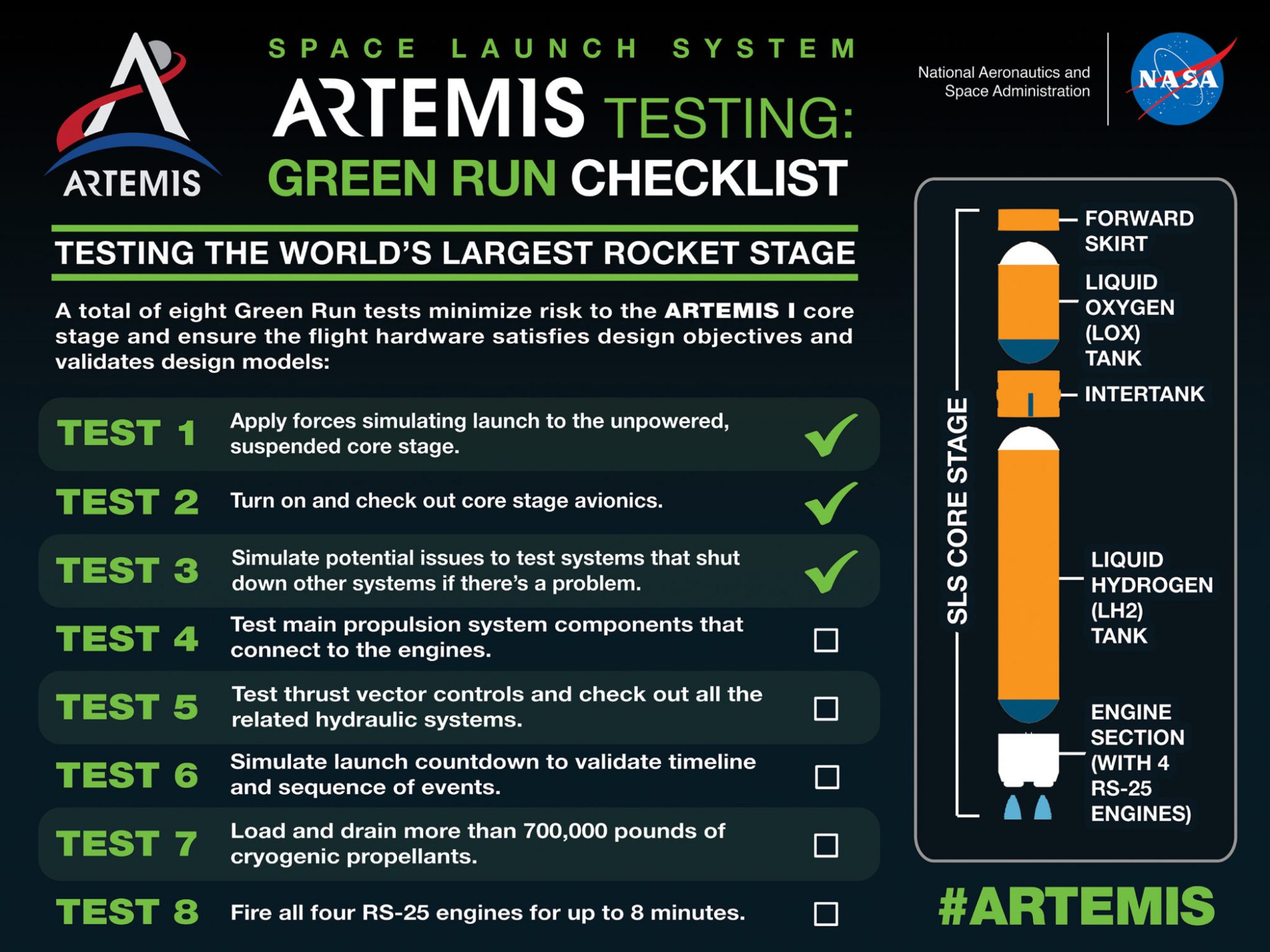
If any problems occur during the Green Run Hot Test it would almost certainly cause yet another delay in that first unmanned test flight. And if that first test flight gets pushed back any further there’s little hope of Artemis reaching the Moon by 2024. In fact because some members of congress are just getting sick and tired of the delays and cost overruns associated with the SLS it might just mean the end of the Artemis program entirely.

Thankfully there’s a bit of better news for Artemis. One of the aerospace companies that are preparing bids for the contract to build the Lunar lander that will actually take the Artemis astronauts down to the Moon’s surface is Blue Origin, the other two being Space X and Dynetics. In late August Blue Origin delivered to NASA’s Johnson Manned Spaceflight Center in Houston a full-scale model of their planned lander.
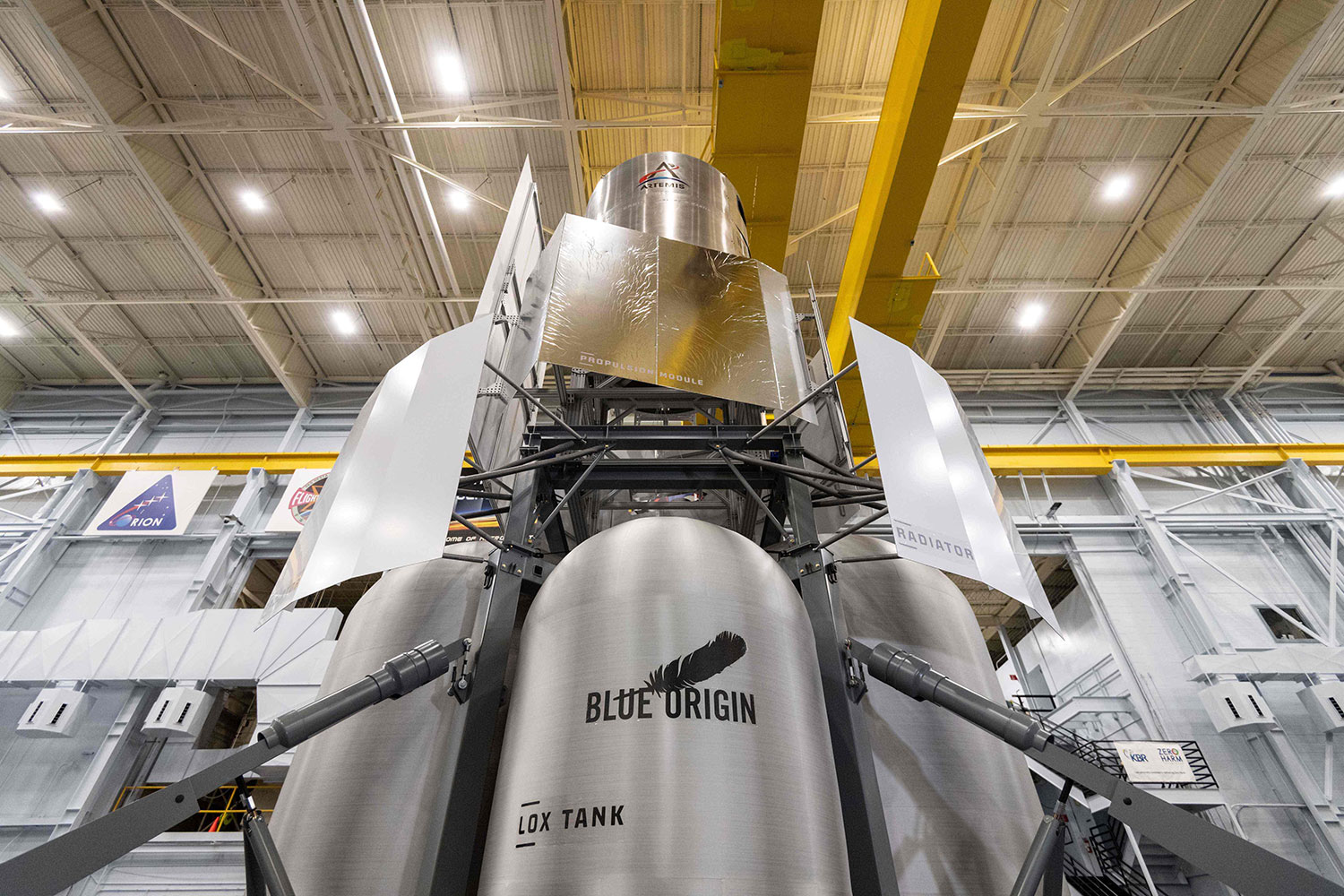
The model is 12 meters in height and consists of both a planned descent and ascent stage. Although the mock-up does not in any sense function it will allow NASA astronauts to simulate getting down from the crew cabin in the ascent stage to the ground with all of their equipment, and back again. This sort of ergonomic testing is important at this stage because it will not only allow the astronauts to become familiar with the vehicle but if any design flaws are discovered during these tests they can be corrected before construction of the first lander begins.
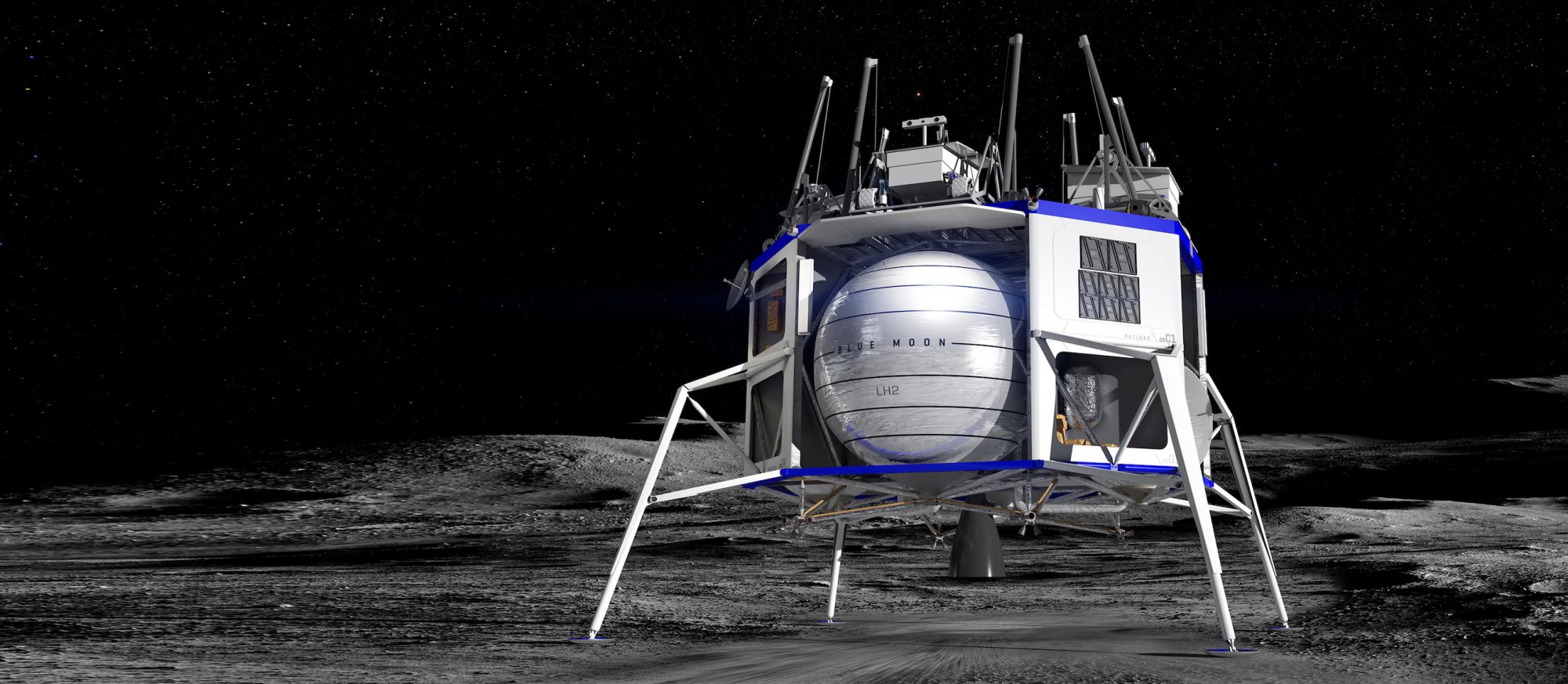
Although Blue Origin will be the prime contractor should they win the contract the lander design will actually be a team effort including Lockheed Martin, Northrop Grumman and Draper. While Blue Origin concentrates its efforts on the descent stage it is Lockheed Martin who will be primarily responsible for the ascent stage. The team members hope that by splitting up the design efforts it will speed up the design and development of the separate components.
So work is progressing, however slowly on the hardware needed to get Americans back to the Moon, but what about the equipment they’ll be using while on the Moon. For example the old Apollo astronauts had a small Lunar rover vehicle that allowed them to explore more of the Moon’s surface than they could on foot. Are there any plans for an updated Lunar Rover?
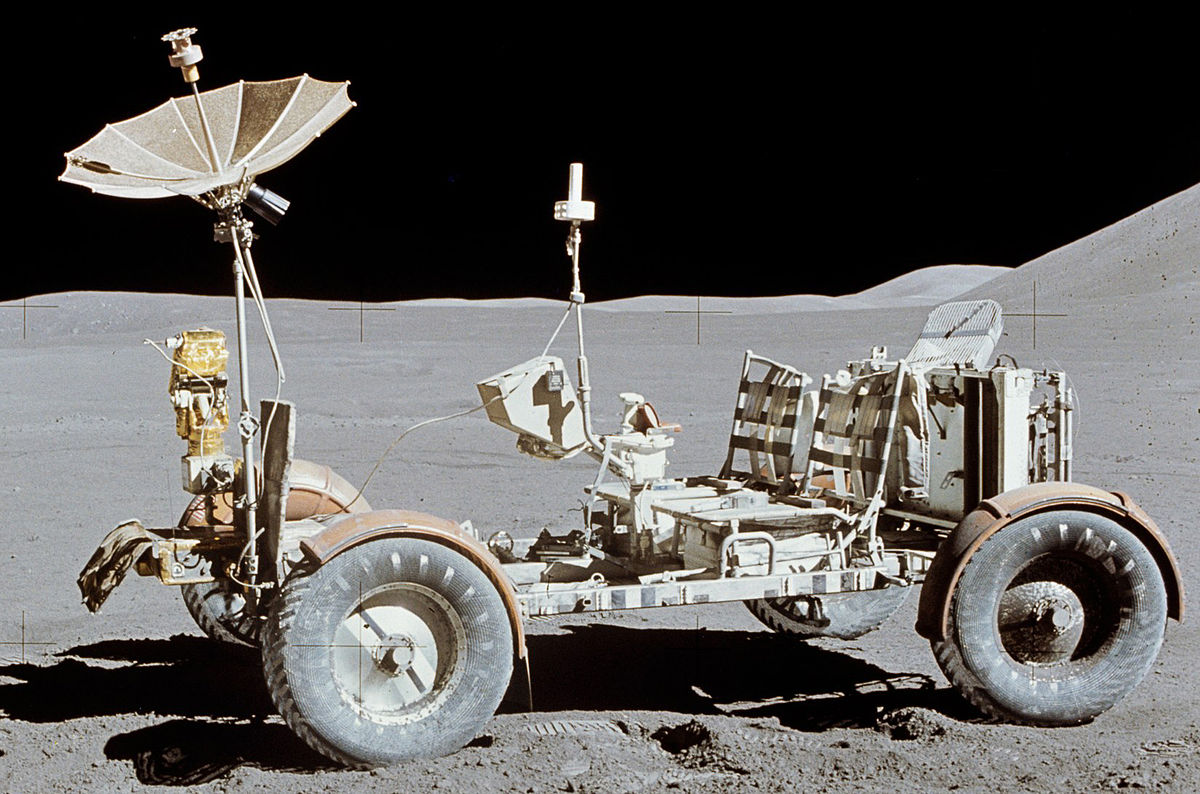
Well it turns out that it’s the Japanese Aerospace Exploration Agency (JAXA) who has been given the task of developing the rover as a part of their effort toward the Artemis program. As you might guess JAXA turned to a Japanese company well known for their expertise in motor vehicles, Toyota for help in developing an initial Lunar rover design.
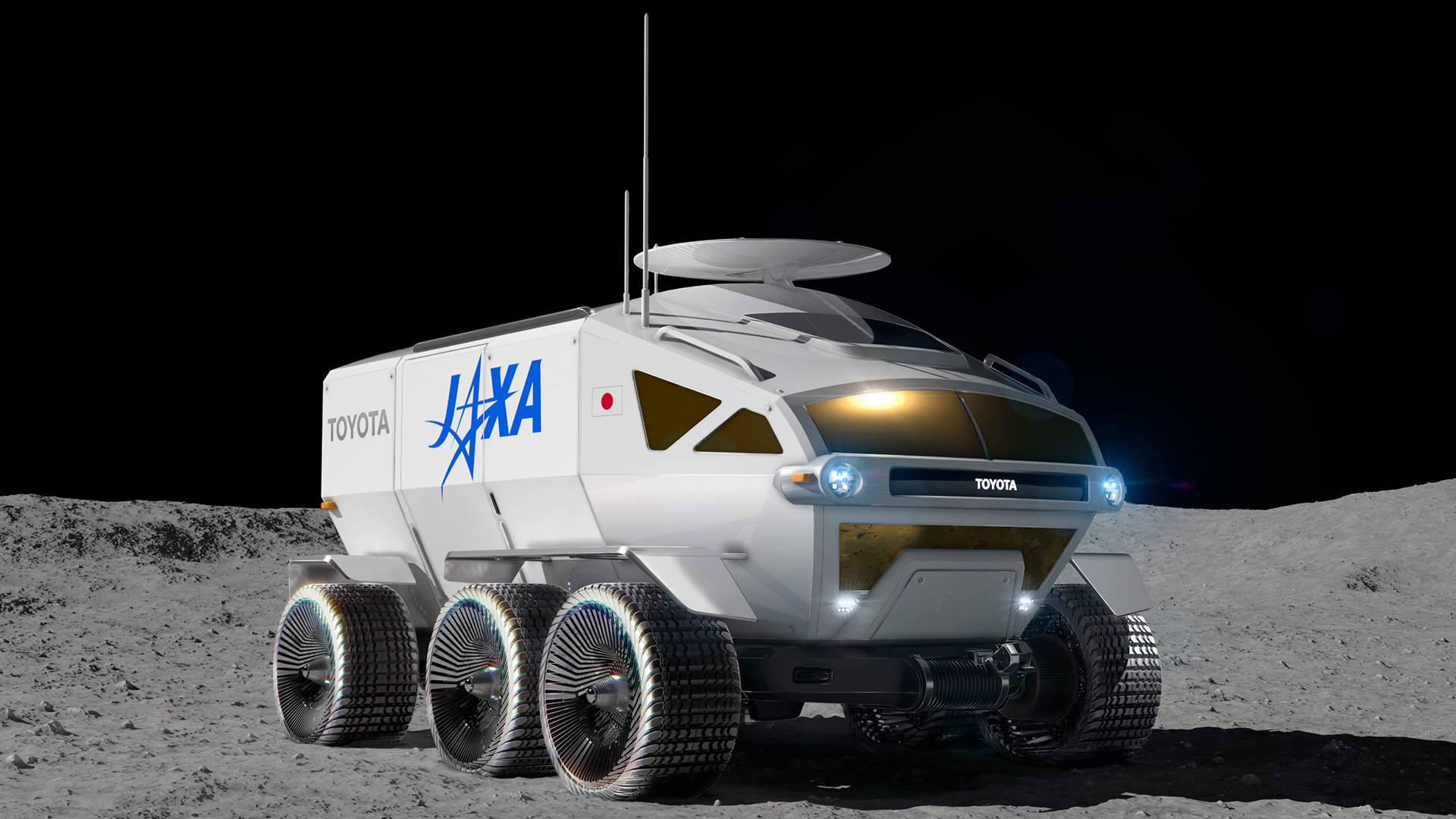
Named the Lunar Cruiser after Toyota’s famous Land Cruiser the proposed rover would be considerable larger than the Apollo rover. Equipped with a pressurized cabin so that the astronauts can remove their spacesuits while driving across the Moon’s surface the rover will be powered by hydrogen fuel cells and is expected to have a range as much as 10,000 kilometers.
Currently all of these design specifications are preliminary; after all we still a lot of work to do just getting back to the Moon. The eventual goal of the Artemis program is to establish a permanent base on the Moon and that’s when the Lunar Cruiser would become an important piece of equipment.
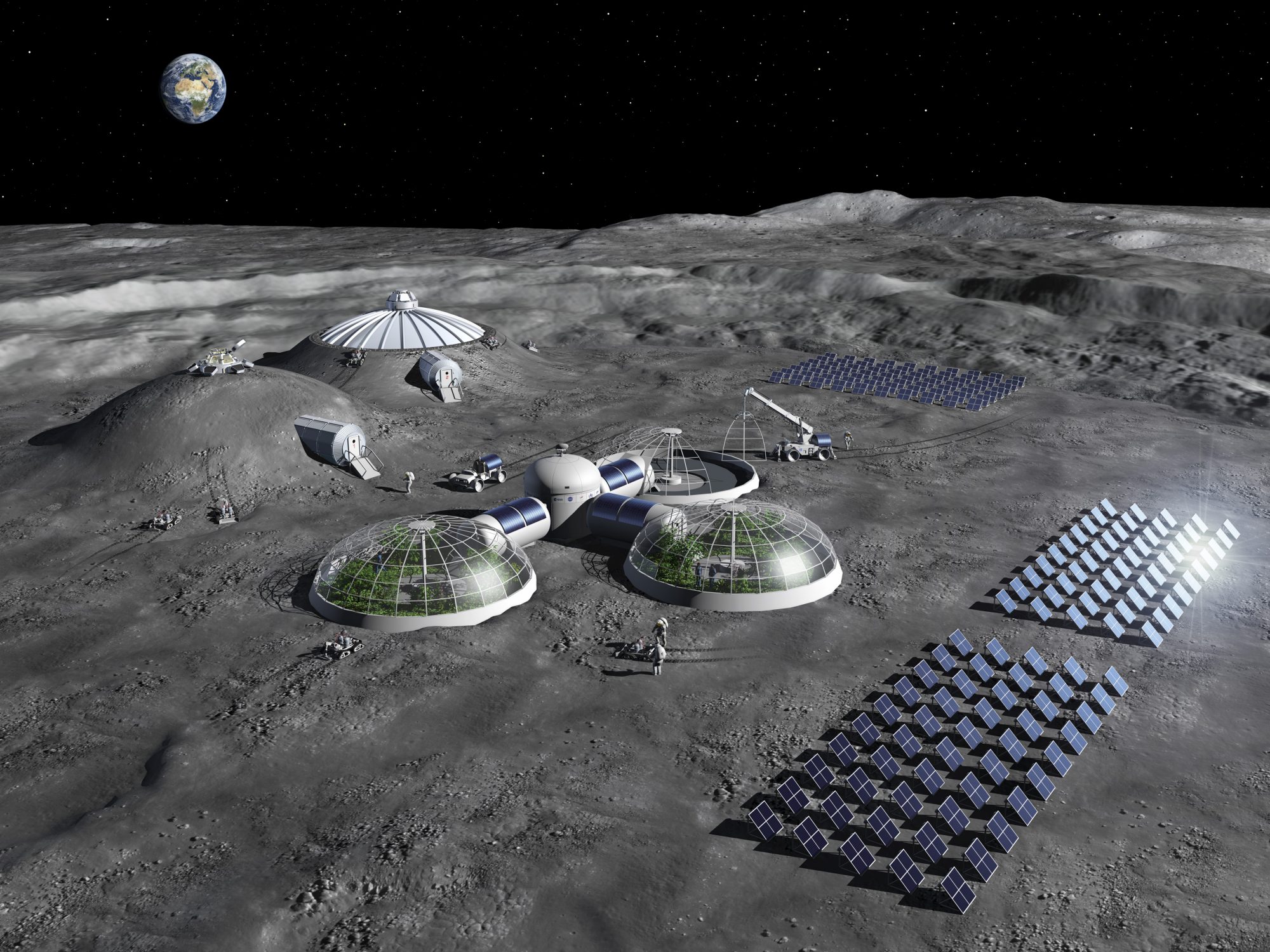
Still it is nice to speculate about what kind of Lunar Base we may have in about another ten years. I do hope that NASA gets the Artemis program on track. It’s been almost 50 years since the last human set foot on the Moon, when Artemis succeeds in getting us back I hope this time its for good.
